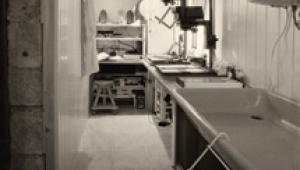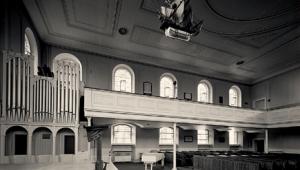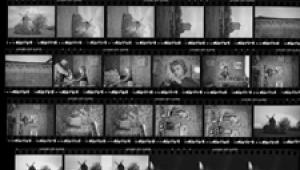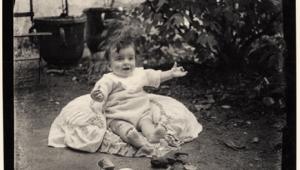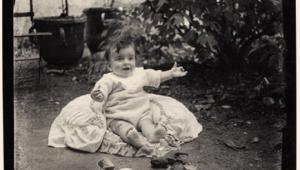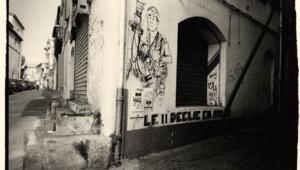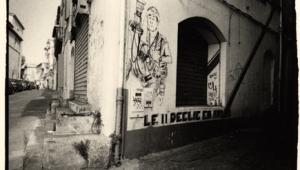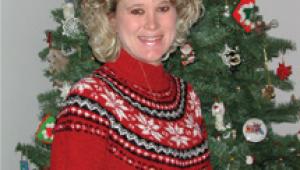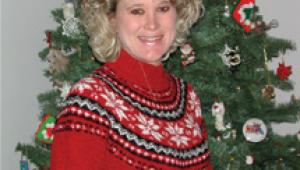The Darkroom
Making Color Prints In Open Trays
| Usually when you are traveling,
you can't take your entire darkroom with you. However, you still
might want to make a few, quick, color prints while you're away
from home. All you need to make great color prints from color negatives
is a simple black and white enlarger, some filters, three trays, and
some of the special color chemicals known as "ambient temperature"
RA-4 chemicals. There's no tight temperature control required.
There's no critical timing required. You can use anybody's
RA-4 color printing paper. And, the chemicals will keep for months--even
after it has been mixed and partly used. Manufacturers/Distributors Calumet Photographic Products Charles Beseler Co. Eastman Kodak Jobo Fototechnic, Inc. |
- Log in or register to post comments
